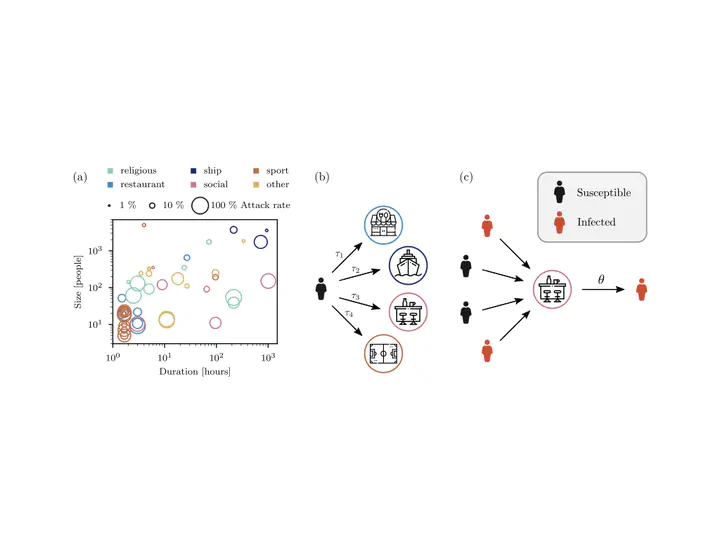
Abstract
Network science provides very powerful tools for extracting information from interacting data. Although recently the unsupervised detection of phases of matter using machine learning has raised significant interest, the full prediction power of network science has not yet been systematically explored in this context. Here we fill this gap by providing an in-depth statistical, combinatorial, geometrical, and topological characterization of 2D Ising snapshot networks (IsingNets) extracted from Monte Carlo simulations of the 2D Ising model at different temperatures, going across the phase transition. Our analysis reveals the complex organization properties of IsingNets in both the ferromagnetic and paramagnetic phases and demonstrates the significant deviations of the IsingNets with respect to randomized null models. In particular percolation properties of the IsingNets reflect the existence of the symmetry between configurations with opposite magnetization below the critical temperature and the very compact nature of the two emerging giant clusters revealed by our persistent homology analysis of the IsingNets. Moreover, the IsingNets display a very broad degree distribution and significant degree-degree correlations and weight-degree correlations demonstrating that they encode relevant information present in the configuration space of the 2D Ising model. The geometrical organization of the critical IsingNets is reflected in their spectral properties deviating from the one of the null model. This work reveals the important insights that network science can bring to the characterization of phases of matter. The set of tools described hereby can be applied as well to numerical and experimental data.